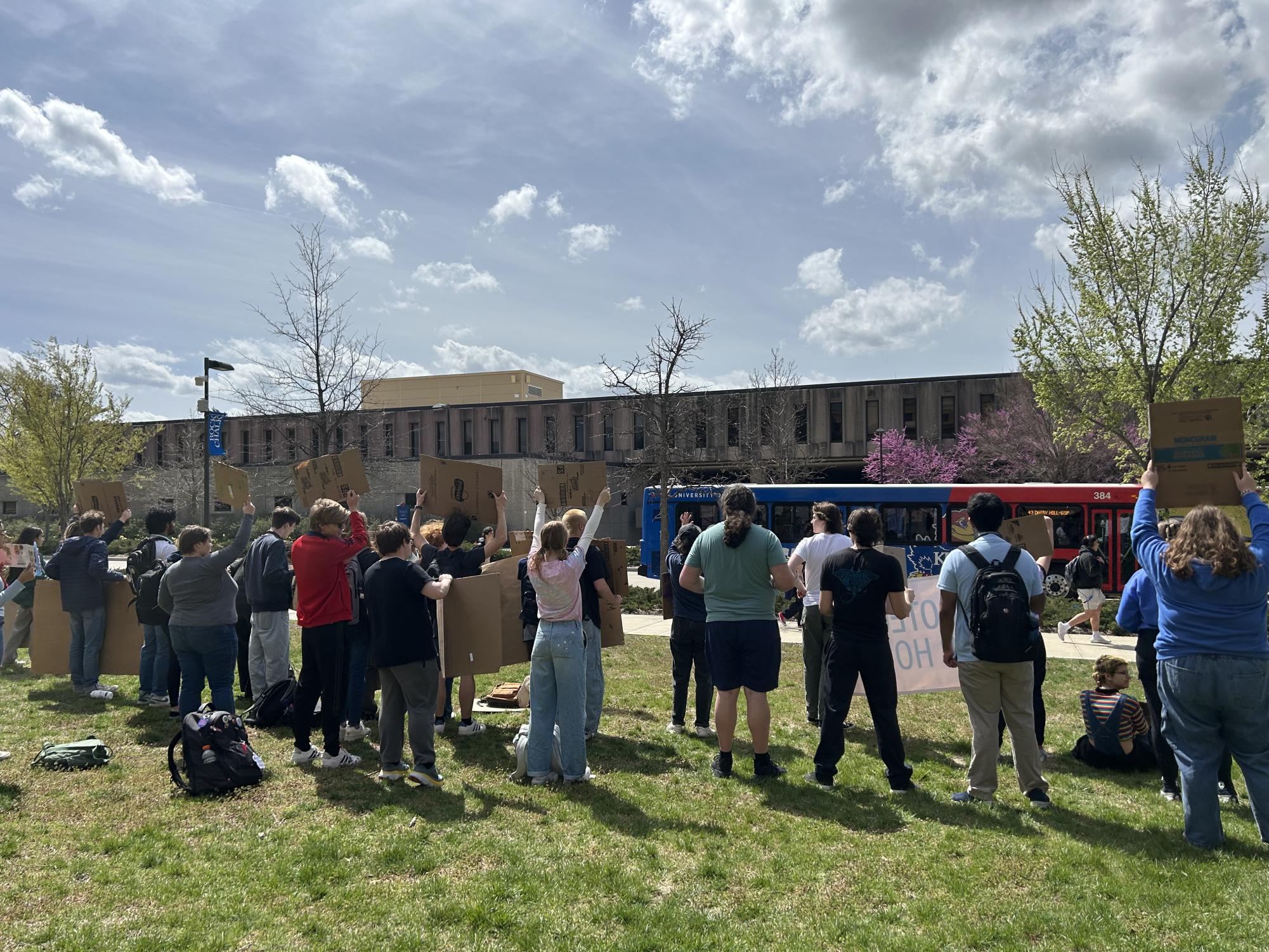What Were You Wearing?
“I missed a couple days of work after it happened. When I told my boss, she asked me this question. I said, ‘A t-shirt and a jeans, bitch. What do you wear to a basketball game?’ I walked out and never came back.”
“Khakis and a dress shirt. I had to give a presentation that day in my communications class. They took my clothes at the hospital during my rape exam. I’m not sure what happened to them.”
These were the responses of two university students to the question, “What were you wearing?” referring to their experiences of being raped. These answers, along with many others, lie on a piece of paper next to the clothes donated by the victims themselves at art exhibitions in different universities in the US.
The exhibition is titled, “What are you wearing? A Survivor Art Installation” and is now being brought to Washburn’s Memorial Union on March 9 by graduate student, Lakpa Sherpa. She organized the exhibition, in collaboration with Washburn campus advocate Molly Steffes-Herman, faculty-member Sharon Sullivan and YWCA Center for Safety and Empowerment, as well as the financial support of Washburn Student Government Association. The opening reception will last from 12:30 p.m. to 2:30 p.m. The exhibition will go on till March 16.
Sherpa is graduating from Washburn in Social Work and plans to use this exhibition as a springboard to destigmatize the victim-blaming attitude that points to the victims provocative clothing as the cause for the rape. She chose 16 of the 50-something outfits to exhibit. For her, choosing these outfits was the most challenging thing to do. “I felt like, by leaving the other outfits out, I was not giving everyone a voice. I just wish I had a bigger space,” she said.
The outfits on display are those that average college students wear: Jeans, plaid shirts, jerseys. “I chose outfits that any college-going kid would wear. I wanted to show how sexual assault could chance upon anyone regardless of what they are wearing,” Sherpa said. She also translated the stories–the responses–of the victims into Arabic, Japanese, and Spanish, three of the most spoken languages in Washburn, to increase accessibility.
Removing damaging stigmas has always been Sherpa’s goal as a Washburn student. Just last semester, she worked with campus advocate, Molly Steffes-Herman, to establish a victim advocacy center. Right now, along with the exhibition, she is working with various faculty members on improving female hygiene on campus. She wants to add tampons and other women-health products to the list of commodities one usually finds in the bathroom. She is also looking to update the manual of Safe-zone Ally Training, an organization on campus that teaches people on ways to become an ally to the LGBTQ community.
As for her future endeavors, Sherpa thinks she will go back to Nepal with the treasure trove of knowledge she has gained in the US to help elevate Nepali societies and to solve prevalent social problems.
Your donation will support the student journalists of Washburn University. Your contribution will allow us to purchase equipment and cover our annual website hosting costs.











